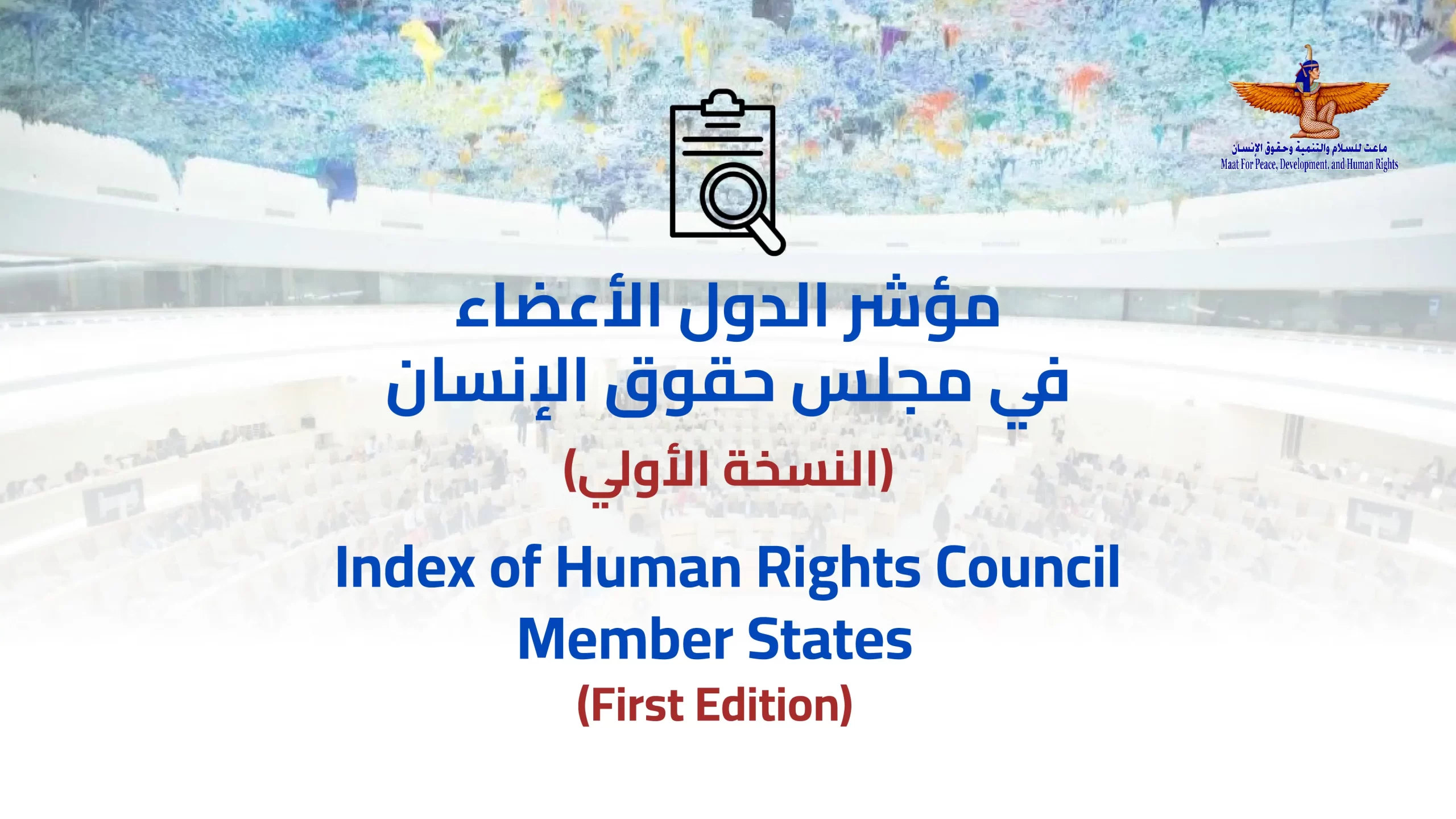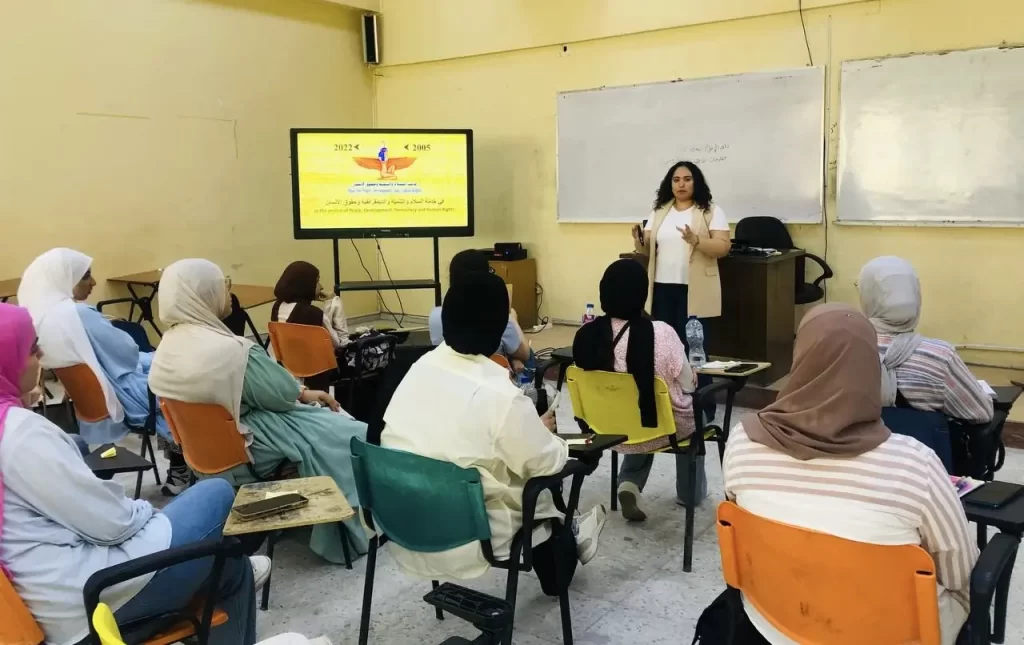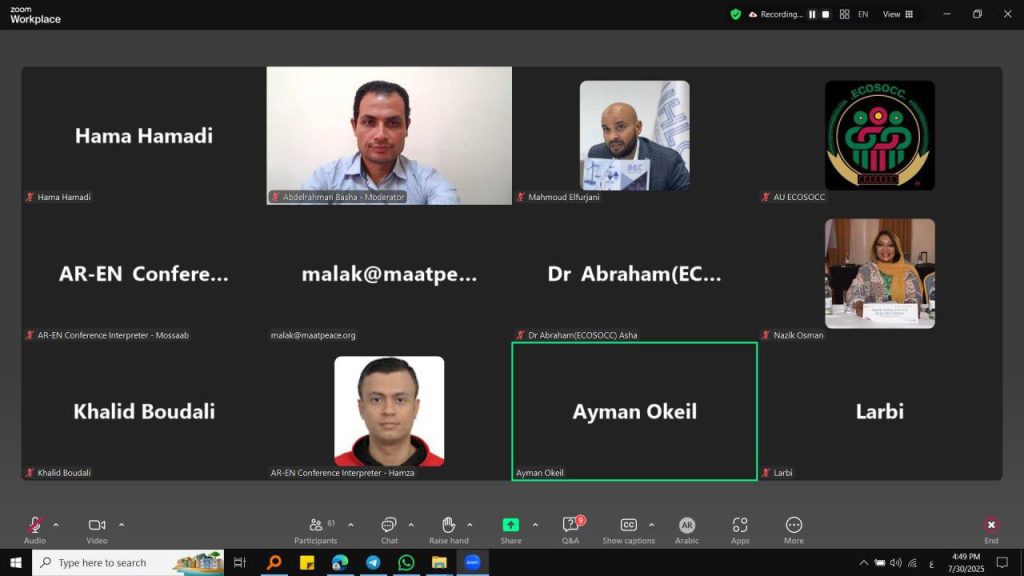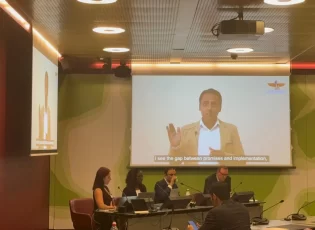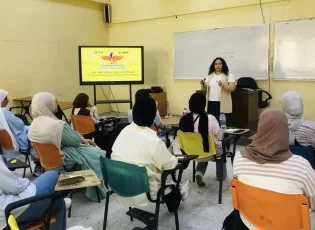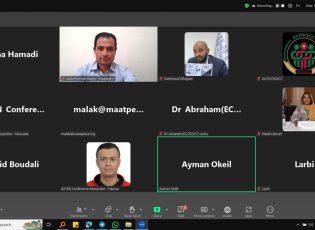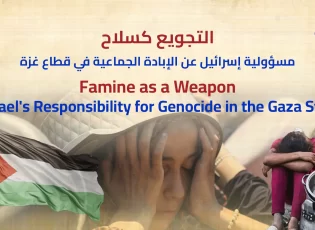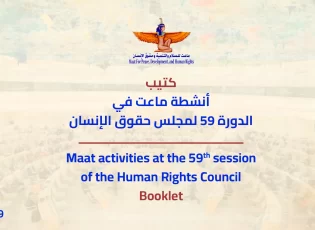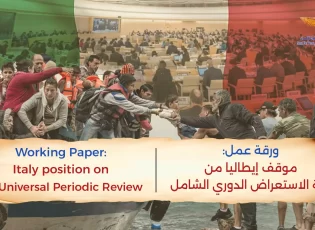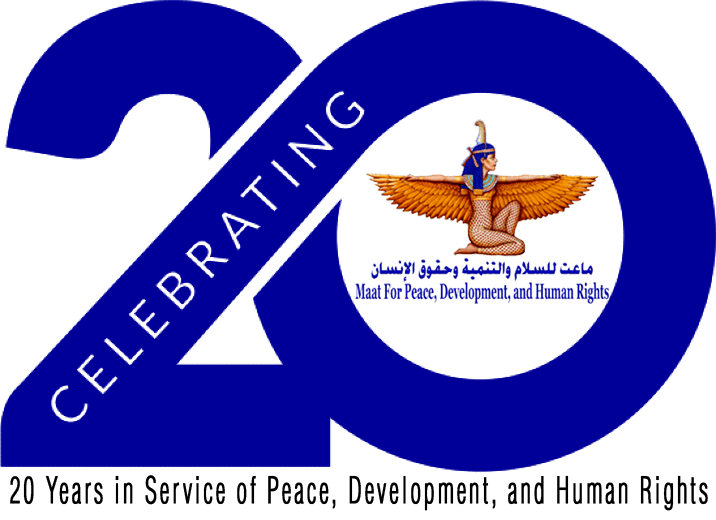Human Rights Council is an international body affiliated with the United Nations General Assembly, tasked with promoting and protecting human rights and fundamental freedoms globally. Established on March 15, 2006, by General Assembly Resolution No. 60/251, it replaced the Human Rights Commission after former Secretary-General Kofi Annan recognized the latter's declining performance and credibility, which adversely affected the United Nations' reputation. The creation of the Council was part of broader reform efforts within the organization.
Comprising 47 member states elected by General Assembly through secret ballot, the Council's membership reflects a fair geographical distribution among the regional groups recognized by United Nations. Each member serves a three-year term and may not be re-elected directly after two consecutive terms. General Assembly retains the authority to suspend the membership of any state committing serious human rights violations, as demonstrated in rare cases involving Libya and Russia.
As a subsidiary body of General Assembly, the Human Rights Council is subject to evaluation before the end of 2026, with the potential for greater independence. Maat supports this evaluation, believing it could positively impact the Council independence and efficiency.
The Council establishment raised significant hopes, particularly among civil society organizations, as it was seen as an opportunity to improve the global human rights situation and achieve a better balance among the UN's three pillars: human rights, peace and security, and development. However, nearly two decades after its inception, the Council has yet to realize its goals, facing limitations in influence and shortcomings in member performance.
In this context, Maat recognizes the need for indicators to measure the effectiveness of member states within the Council, aiming to prevent the use of membership solely as a means to enhance external image. Maat has developed five sub-indicators to evaluate member performance, serving as a foundational tool to assess the Council progress in fulfilling its mandate. These indicators seek to enhance the Council's effectiveness and address the gaps that hinder its operations, especially in light of the increasing challenges to human rights worldwide.

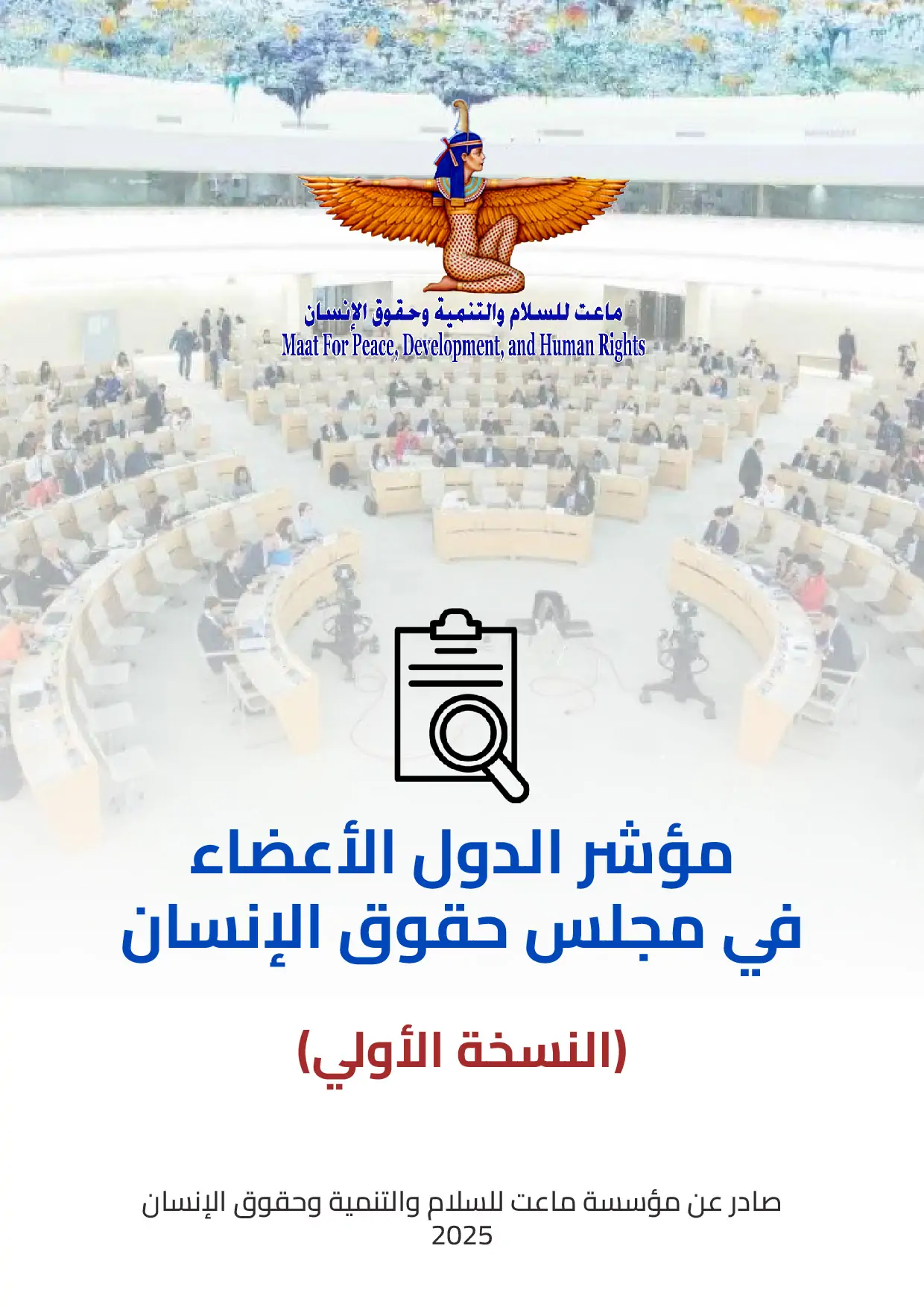 |
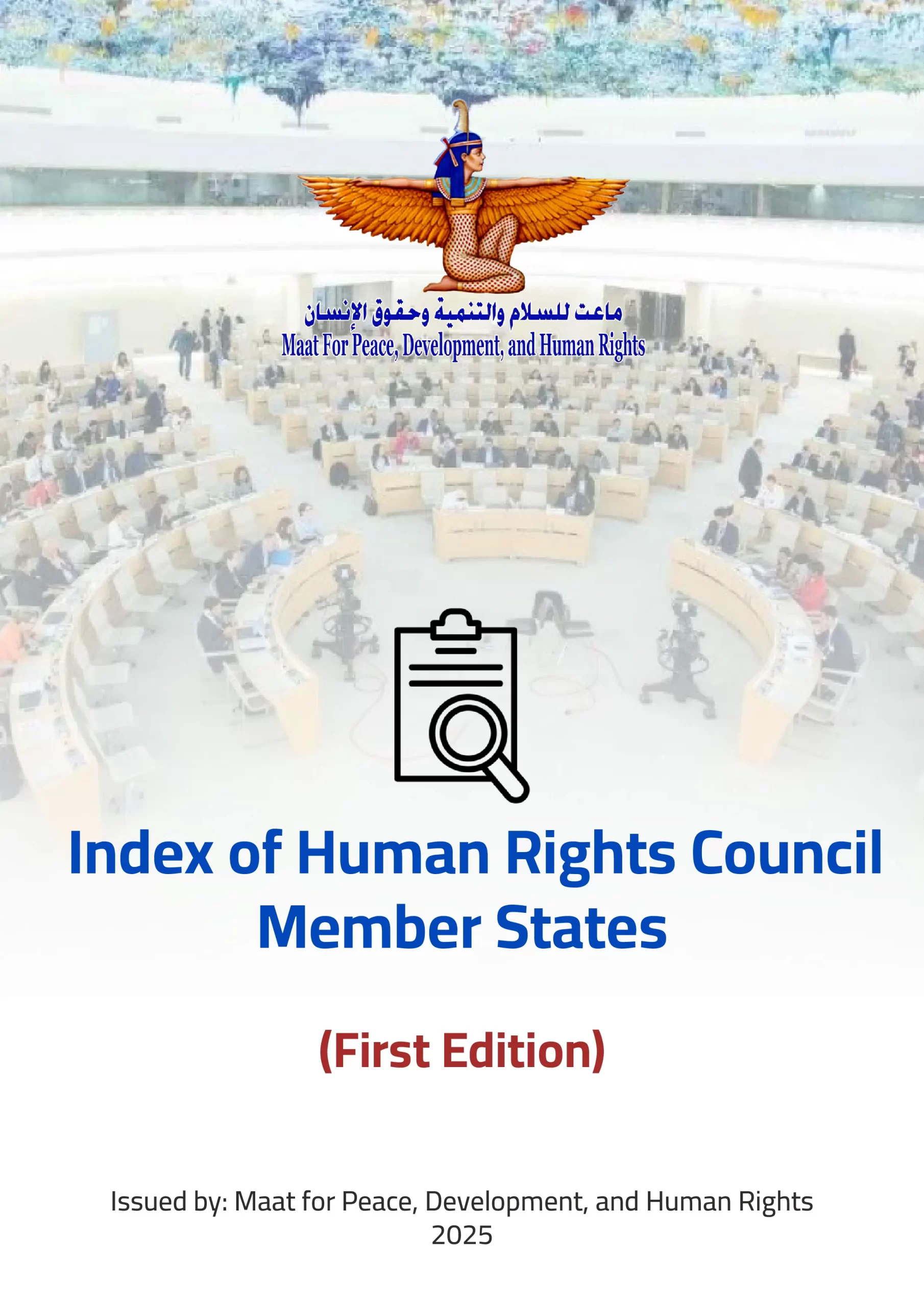 |
shortlink: https://maatpeace.org/en/?p=44164


